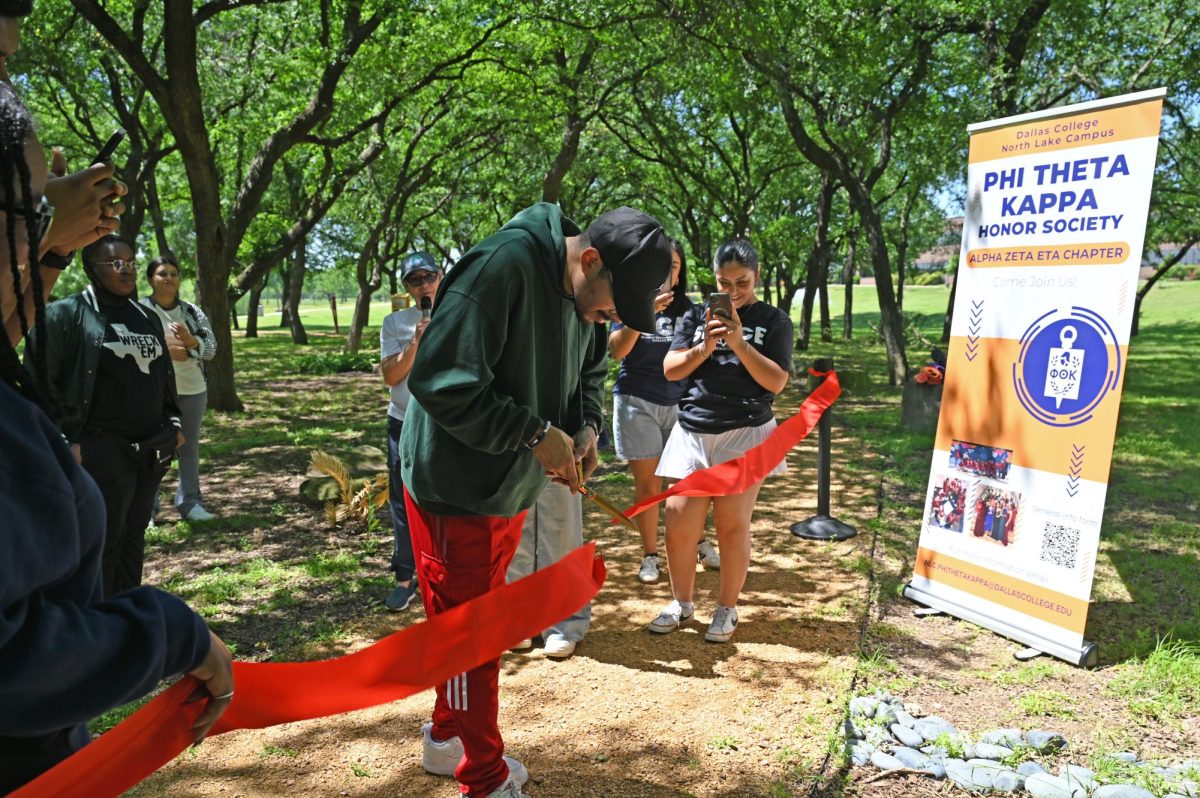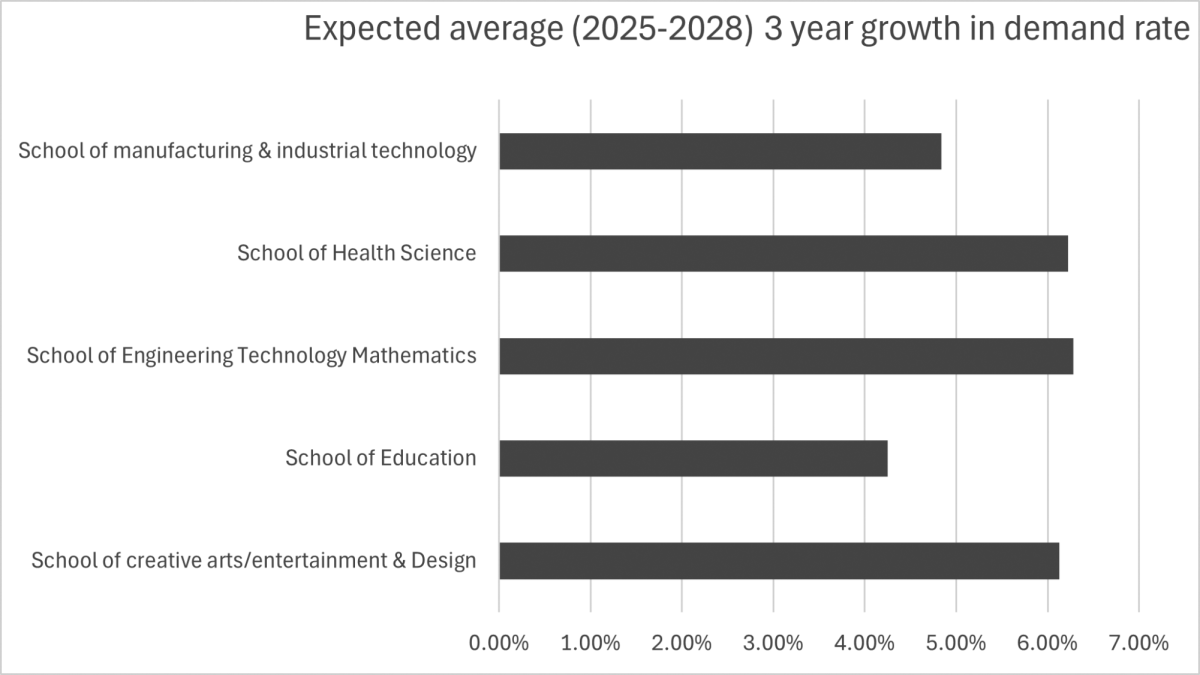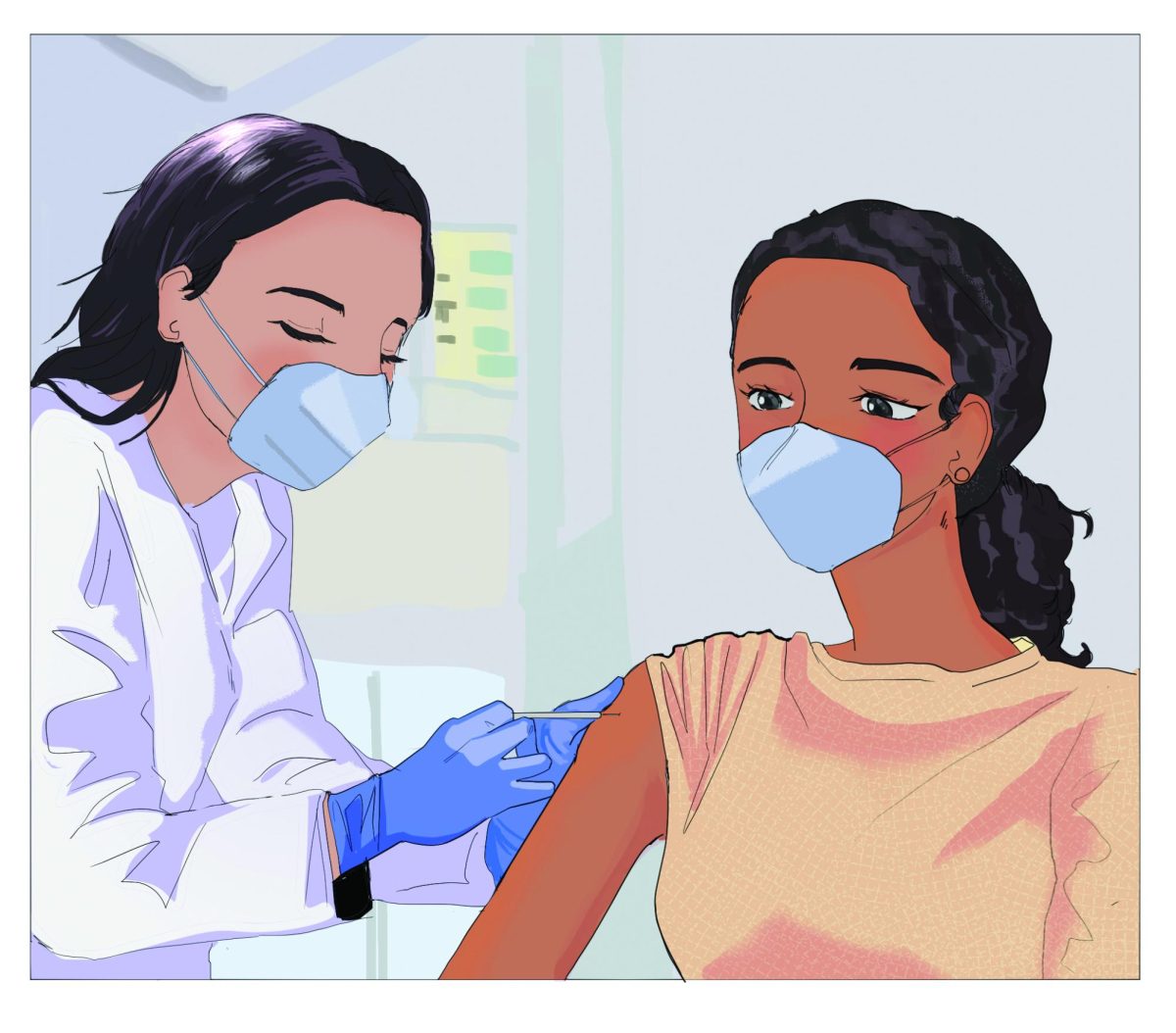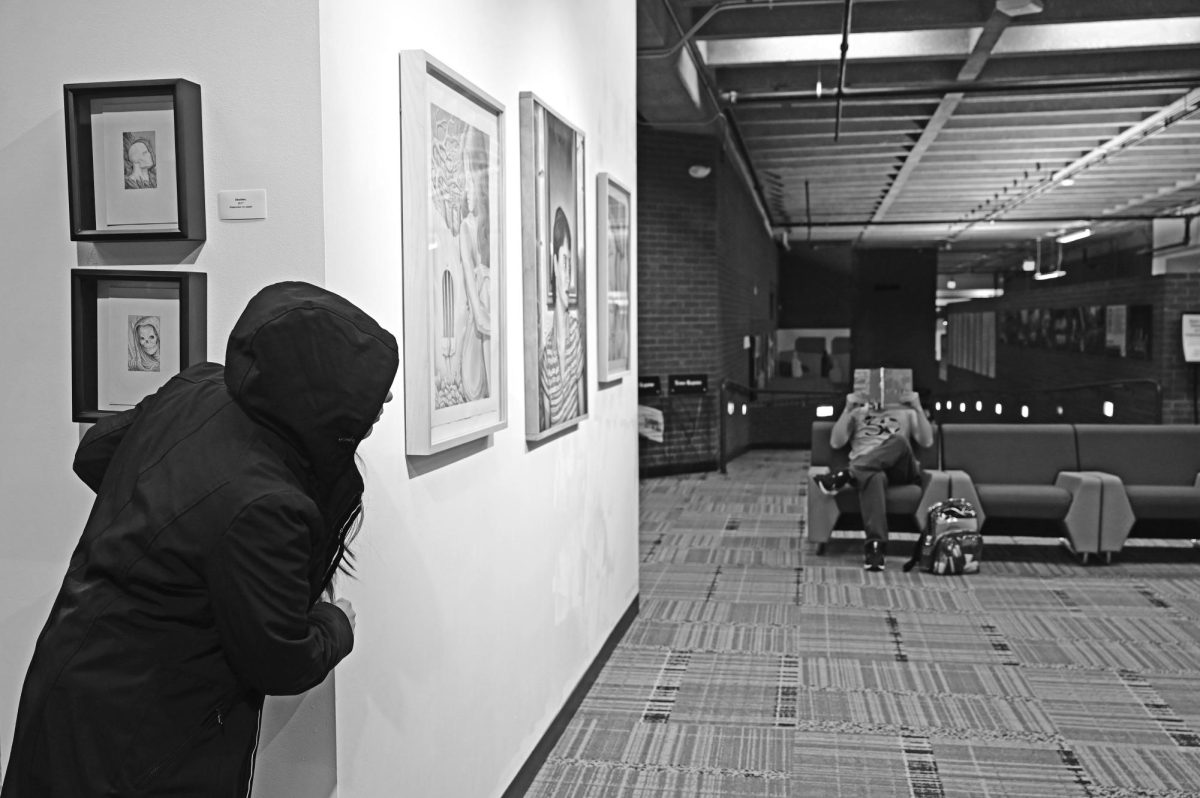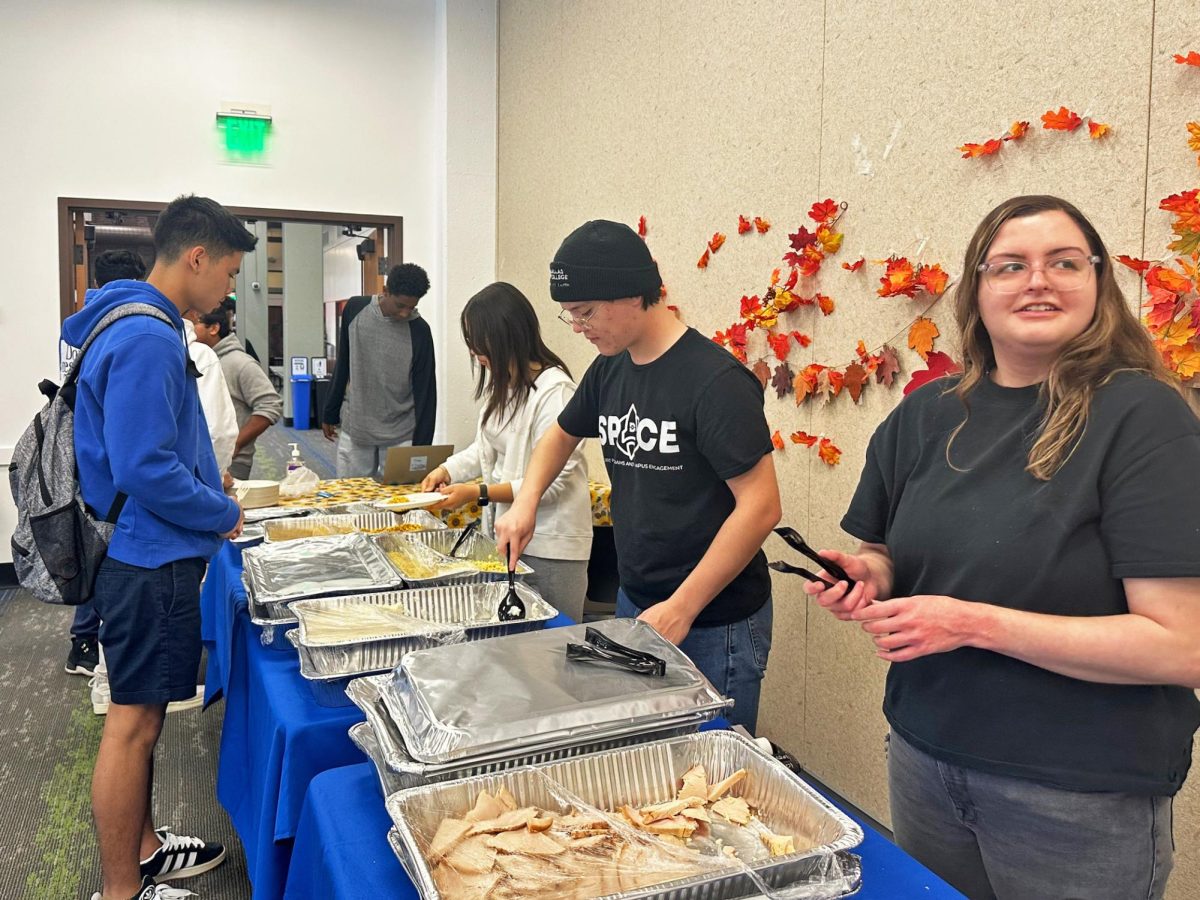Nowadays, abusers have more ways to use technology to stalk a person. And there are multiple ways they can stalk a person. That makes it hard to prevent ourselves from being tracked and stalked. Victims can easily get both physically and psychologically abused by their stalker, making it harder for victims to break free from them.
North Lake Campus had an online session presented by the Office of Institutional Equity and Compliance on Jan 30. Dallas College invited Kaitlyn Eberhardt, Education and Prevention Director at the Texas Advocacy Project, to speak at the “Intimate Partner Violence, Stalking, and Digital Abuse” event in honor of Stalking Awareness Month.
Eberhardt works at the Texas Advocacy Project to bust the myth of why victims can’t easily walk away from their abusers. “Leaving does not equal safety when it comes to an abusive situation,” Eberhardt said. “Sometimes they can but … when we look at all the barriers to leaving … there’s a lot of reasons [why] can’t leave so quickly.” One of those barriers is fear.
She said 99% of people in an abusive relationship will suffer from economic abuse or financial abuse.
Victims are afraid because they feel as if there is nowhere else to go, and no other resource or emotional support. This allows the abuser to have control of the victim’s life. The abuser isolates the victim, so they become more dependent on the abuser.
The invasion of privacy lets victims feel trapped and unsafe, with nowhere to hide.
The Texas Advocacy Project empowers victims to speak out and seek help in the fight against abuse and stalking.
There are resources to help victims. Tools like the DocuSAFE app and protective orders can provide support and legal protection. “[The app] can help compile evidence of any kind and any form of abusive relationship,” Eberhardt said.
Abusers use technology like surveillance cameras and social media apps to track and intimidate their victims, even after a breakup.
Victims can be tracked easily by technology using the track date on the pictures they’ve uploaded to Instagram or Facebook. Stalkers and abusers can also use social media apps with GPS access to search for the victim’s location.
Photos taken on a smartphone contain metadata, which is information on the location of where the photo was taken. “We saw that abusers were able to access location and they would download a picture from Facebook and steal the information still encrypted in that phone,” she said.
Tracking devices and location services on social media platforms are being used by the abuser to keep track of their victims. They can easily check and watch the victims, make them feel constantly watched and afraid, causing anxiety and stress.
Eberhardt said victims can turn off their location on their phone and app settings. This can prevent the abuser from stalking by using the photo metadata location.
Stalkers may even buy a tiny device GPS tracker on Amazon for only $14 which can stick on the victim’s car and hide in unexpected places.
Eberhardt said abusers who personally know their victims, like ex-boyfriend or ex-girlfriends, may also threaten to share private photos or videos without consent, using old photos to blackmail the victims, making them feel as if they have no chance to escape.
Eberhardt said that by understanding how abuse and technology are being used, we can work together to create a safer, more compassionate society for all.


